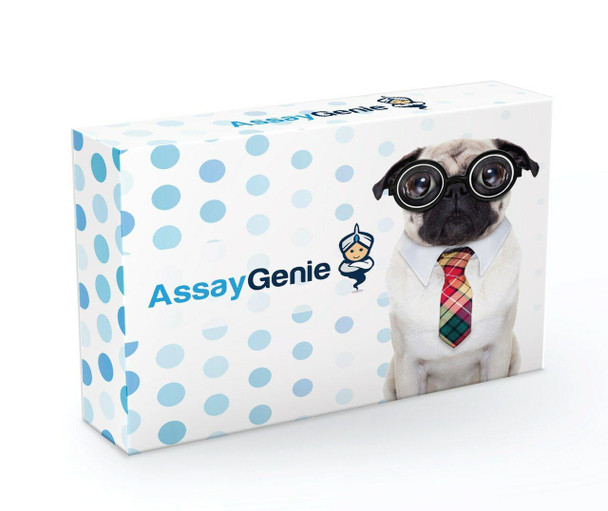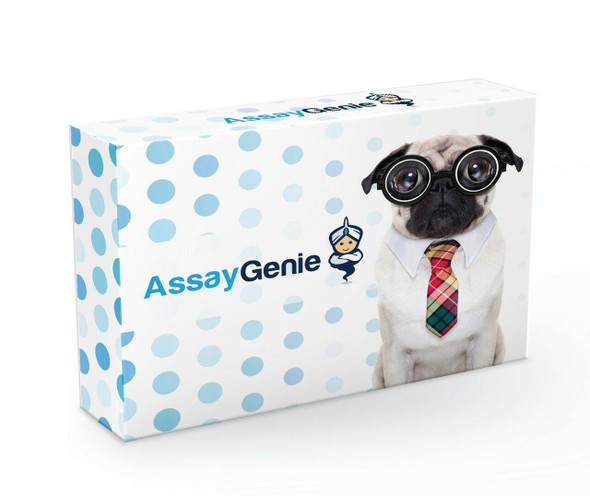Description
GST-HRP Monoclonal Antibody [PGSTHRPSHG] (CPAB0427)
The GST-HRP Antibody (CPAB0427) is a valuable tool for research involving Glutathione S-Transferase (GST), a crucial enzyme involved in detoxification pathways in cells. This polyclonal antibody, produced in rabbits, exhibits strong reactivity with GST proteins, particularly in human samples. Validated for use in Western blot applications, this antibody allows for the detection and analysis of GST protein levels in various cell types.GST plays a vital role in the conjugation of reduced glutathione to a wide range of hydrophobic and electrophilic compounds, aiding in their elimination from the body. The activity of GST is essential in maintaining cellular homeostasis and protecting cells from oxidative stress and toxic insults.
Therefore, studying the expression and function of GST using this antibody is crucial for research in areas such as drug metabolism, toxicology, and cancer biology.With its high specificity and sensitivity, the GST-HRP Antibody provides researchers with a reliable tool for investigating the role of GST in various physiological and pathological processes. By understanding the mechanisms underlying GST activity, scientists can develop targeted therapies for diseases related to altered detoxification pathways and oxidative stress.
| Product Name: | GST-HRP Antibody |
| Product Sku: | CPAB0427 |
| Size: | 100μl |
| Host Species: | Mouse |
| Immunogen: | |
| Clone: | PGSTHRPSHG. |
| Reactivity: | -GST |
| Applications: | Western Blot |
| Purification Method: | |
| Isotype: | IgG2b |
| Background: | GST family of enzymes comprises a long list of cytosolic, mitochondrial, and microsomal proteins that are 45-55 kDa (dimer form) size and are capable of multiple reactions with a multitude of substrates, both endogenous and xenobiotic. GST catalyses the conjugation of reduced glutathione meaning the sulfhydryl group, to electrophilic centers on a wide variety of substrates. This activity is useful in the detoxification of endogenous compounds such as peroxidised lipids, as well as the metabolism of xenobiotics. GST binds toxins and function as transport protein. Glutathione S-transferase is used to create the so-called 'GST gene fusion system'. The GST is used to purify and detect proteins of interest. In a GST gene fusion system, the GST sequence is incorporated into an expression vector alongside the gene sequence encoding the protein of interest. Induction of protein expression from the vector's multiple cloning sites results in expression of a fusion protein - the protein of interest fused to the GST protein. This GST-fusion protein can then be purified from cells via its high affinity for glutathione. Fusion proteins offer an important biological assay for direct protein-to-protein interactions. |
| Synonyms: | |
| Storage Buffer: |










